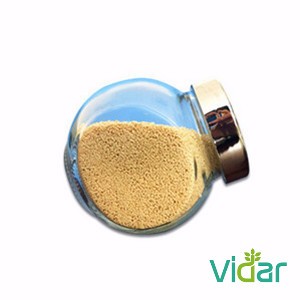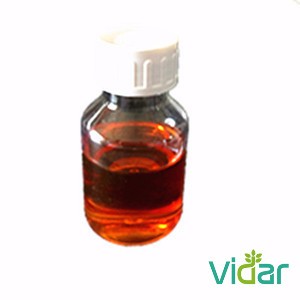

The production of cotton in India has nearly doubled since the introduction of Bt cotton in 2002, the government said yesterday.
In a written reply to a question, Union minister Mahesh Sharma also said the hybrids have helped to minimise the damages caused by pests like bollworm.
His remarks assume significance as they come amid a controversy over the country's GM crop regulator, Genetic Engineering Appraisal Committee (GEAC), recommending the commercial use of GM mustard in a submission to the environment ministry.
Several groups, including RSS-affiliate Swadeshi Jagran Manch (SJM), have criticised the GEAC move, saying commercial use of GM mustard would impact allied agri-activities.
The minister, however, said evaluation of each application for environmental release of GM crops is done on a "case-to-case" basis after a thorough examination of health, environment and food and feed safety assessment.
"Since the introduction of Bt cotton in 2002, there has been a near doubling of cotton production in the country from 158 lakh bales in 2001-02 to 351 lakh bales in 2016-17, and increase in productivity from 308 kg/ha in 2001-02 to 568 kg/ha in 2016 17," he said.
After receiving representations from various stakeholders post the GEAC recommendation, the the government referred the issue of GM mustard back to the GEAC.
The minister was asked if the government agencies have portrayed a rosy picture on Bt cotton and whether there was a need for a scientific study about the impact of GM crops on health.
"Bt cotton hybrids have helped to minimise the damages caused by Bollworm, reduce pesticide use, increase production, yield and net income of the farmers," Sharma said.
Infestation by Bollworm, a major pest of cotton, he said, has had a devastating effect on cotton crop during the late 1990s, with most of the available without high quality pesticide, insecticide becoming ineffective to control it.
Bt cotton, which is resistant to Bollworm infestation, was released during 2002-03.
"As per the recent data of Ministry of Agriculture and Farmers Welfare, India has become the largest producer of cotton in the world in the year 2016," he said.
He said that evaluation of each application for environmental release of GM crops is done on a case-to-case basis after a thorough examination of health, environment, food and feed safety assessment studies done in India, as per guidelines stipulated by various regulatory agencies.
"Studies and risk assessment documents prepared by international regulatory agencies and by other countries are also referred for ascertaining the safety of the evaluated product," the minister said.
NEWS
NEWS
- Turkey aims top 5 in seed trade in world2021-07-08Chairman of Turkish Association of Seed Growers (TÜRKTOB) Kamil Yılmaz said that the sector exported seeds valued at 136 million U.
- Precision agriculture can do wonders for Indian farming2021-07-08The worrisome reality in India is that agriculture is facing a crisis. In village after village, farmers are looking at selling th.
- India Bt brinjal: Bangladesh's model not fit enough for adoption2021-07-08When India is considering commercialising Bt brinjal in India by first studying Bangladesh’s “successful” model, the neighbour cou
- India Andhra Pradesh's push for zero budget natural farming inspires others2021-07-08Use of chemical pesticides in India, including those that are banned in other countries, has been a matter of concern and a raging.
- Metominostrobin market current trends and future aspect analysis by 20272021-07-08Metominostrobin market current trends and future aspect analysis by 2027The global metominostrobin market is predicted to increase
PRODUCTS





